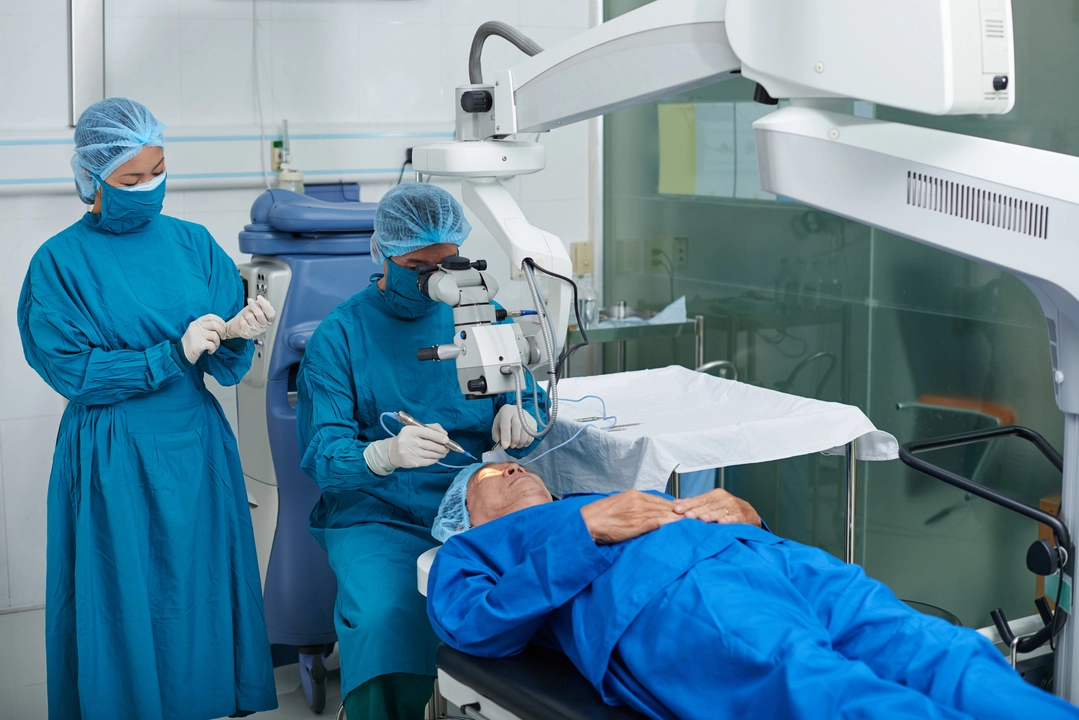Post-operative treatment: essential care after surgery
Had surgery? Proper post-operative treatment speeds recovery and prevents complications. This guide gives clear, practical steps you can use right after discharge, whether you had a small outpatient procedure or major surgery.
Pain, medication, and wound care
Follow your surgeon's medication plan exactly. Take prescribed painkillers on schedule at first to avoid pain spikes. If you were given antibiotics, finish the full course even if you feel better. For the wound: keep dressings clean and dry. Change dressings only as instructed—usually with clean hands, sterile gauze, and fresh tape. Watch for swelling, redness that spreads, increased pain, foul odor, or pus. Those are common infection signs and need prompt contact with your provider.
Use ice packs for the first 48 hours to reduce swelling—15 to 20 minutes every two hours. Elevate the surgical area when possible to lower swelling and pain. Avoid soaking wounds in baths, hot tubs, or pools until your surgeon says it's safe.
Recovery tips and warning signs
Move early but gently. Short walks multiple times a day improve circulation and cut the risk of blood clots. If your doctor ordered blood-thinning medication, take it exactly as told. Deep breathing and ankle pumps help prevent lung problems and clots too.
Eat well and hydrate. Protein, vegetables, and whole grains fuel tissue repair. If you have trouble eating, talk to your care team about supplements. Stool softeners can prevent constipation from opioids—ask your doctor for options.
Sleep and rest matter. Plan for light activity the first week and gradually increase based on pain and surgeon advice. Avoid heavy lifting, driving, or strenuous exercise until cleared. Keep follow-up appointments—they let doctors remove sutures, check healing, and adjust meds.
Know when to call: persistent fever over 38°C (100.4°F), severe or worsening pain despite meds, heavy bleeding, new numbness or weakness, chest pain, or shortness of breath. If you see any of these, seek medical help right away.
Keep a simple recovery log. Note temperature, pain level, medication times, and wound changes. This helps you and your doctor spot problems fast. If you have questions about herbal supplements, diet, or returning to work, ask your surgeon or pharmacist. They can give tailored advice based on your procedure.
If you have surgical drains or catheters, follow instructions carefully. Empty and measure fluid, record amounts in your recovery log, and keep the insertion site clean and dry. Report a sudden increase in drainage, cloudy fluid, or foul smell. Once stitches are out, ask when to start gentle scar massage to reduce tightness. Reintroduce exercise slowly: keep walking daily, add light stretching after two to four weeks. Don’t smoke—nicotine slows healing. For long trips, break them up and move often; check with your surgeon first.
You will heal faster.

Post-Operative Treatment with Loteprednol: What to Expect
May 11 2023 / Health and MedicineRecently, I underwent a surgery and my doctor prescribed Loteprednol for post-operative treatment. I discovered that Loteprednol is a corticosteroid eye drop used to reduce inflammation and pain after eye surgeries. The treatment typically lasts for about two weeks and it's essential to follow the prescribed dosage and schedule. I experienced minimal side effects, such as mild burning or itching, but overall, Loteprednol played a significant role in my recovery process. It's important to consult with your doctor if you have any concerns or questions about using Loteprednol post-surgery.
VIEW MORE